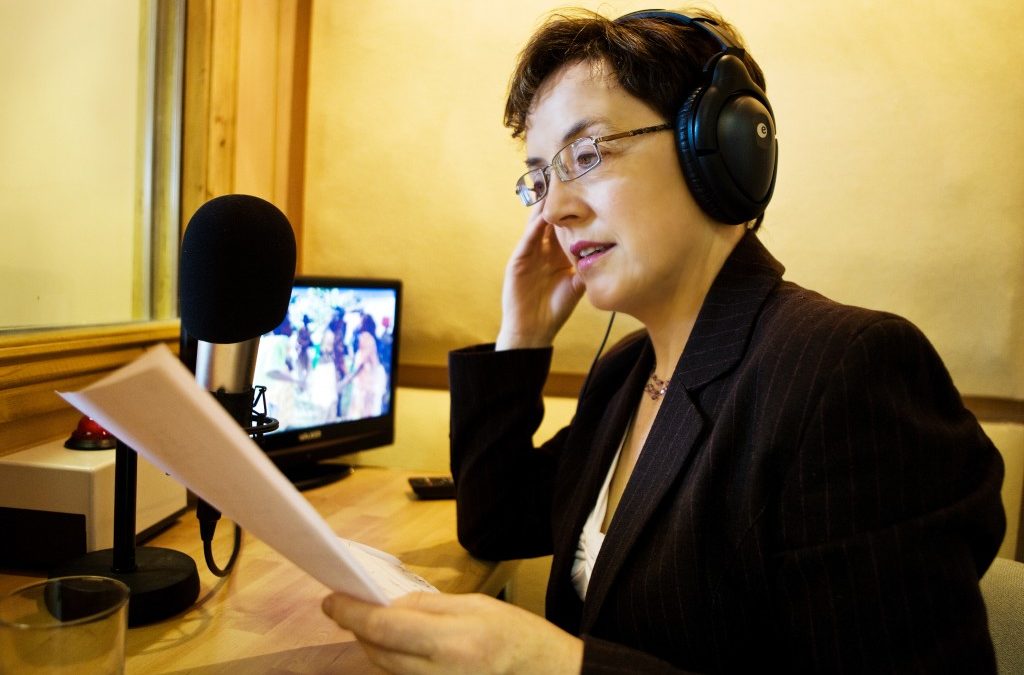It’s been a summer when we learnt how important Key Messages are to your Communications success.
When the new Government took over at the end of June, it wasn’t just the Ministers and Taoiseach that changed.
The message changed from Lockdown against COVID-19, to Living with COVID-19.
And that had a serious negative impact on the Key Messages around COVID-19 and how they were delivered.
It’s taken from June until now to begin the settling-in process.
It’s helped that the Taoiseach Micheal Martin has begun delivering his messages on his own and show that he is the new Leader of the country; it hasn’t helped that the new Minister for Health has been unsteady in his messaging and it’s been confusing to say the least that the former Taoiseach is now the Tánaiste and no longer the one at the podium at Government Buildings.
But worse was how tied up in knots the new Government got as they unlocked the economy and society. They got lost in the confusing detail of what restrictions were lifted and where, and the Roadmap for Resilience and Recovery 2020-2021 was more complicated than ever as restrictions were imposed in local areas.
If you’re explaining, you are losing. It’s that simple.
Key Messages are essential to any Communications strategy. There might be a lot of detail to give but most people won’t hear the detail – they will hear only one or at most three things in delivery.
Most people skim the news and catch the headlines on their phones. Even more reason to make your messages short, snappy and easy to understand.
So here are 6 tips I give when helping individuals and groups to plan their Key Messages around a Communications Strategy.
-
- KEEP YOUR KEY MESSAGES CLOSE. Have them written large on a sheet of paper in front of you as you do media interviews and communicate with your audience – especially live broadcast interviews. Ask yourself: “What do I want the audience to take away from this interview?”
- PLAIN ENGLISH WORKS. What’s complicated gets lost – hone them down to the English you would speak in conversation, with your neighbours and friends. Take out non-essential language. Don’t use the language you speak at work.
- TAKE TIME TO SHAPE THREE KEY MESSAGES. It might take a half-day away from the day-to-day work to put aside to brainstorm, research and agree your Key Messages with your team; that time will be repaid in spades later on.
- PRIORITISE YOUR KEY MESSAGES. I know you want to say a lot but most times you will only get the opportunity to get one or two key points across within the context of a broadcast news interview, for example. So ask yourself – what’s the most important thing to say if I have only one chance?
- RESEARCH YOUR FACTS. Each Key Message should have a clear set of statistics/facts to back up your message e.g. statistics, research and facts to strengthen the message. Have them handy too with no. 1 above.
- HAVE A STORY TO ILLUSTRATE YOUR MESSAGE. A message can be clear, but a story or anecdote to illustrate it with human beings in that story will really bring it home. That’s what people remember – the story that backs up your message. Have it written down in a bullet point.
- KEEP YOUR KEY MESSAGES CLOSE. Have them written large on a sheet of paper in front of you as you do media interviews and communicate with your audience – especially live broadcast interviews. Ask yourself: “What do I want the audience to take away from this interview?”
Aileen O’Meara is a Communications Consultant at www.aileenomeara.ie
Formerly RTE’s Health Correspondent, she is an award-winning journalist & producer, with extensive experience across print and broadcast media.


